I started to suggest that people work on artificial intelligence — I invented neural networks and things, and different ideas in psychology — and I noticed people would tell each other, 'Well, that might sound nutty, but he's a good mathematician and he's proved these pretty good theorems.'
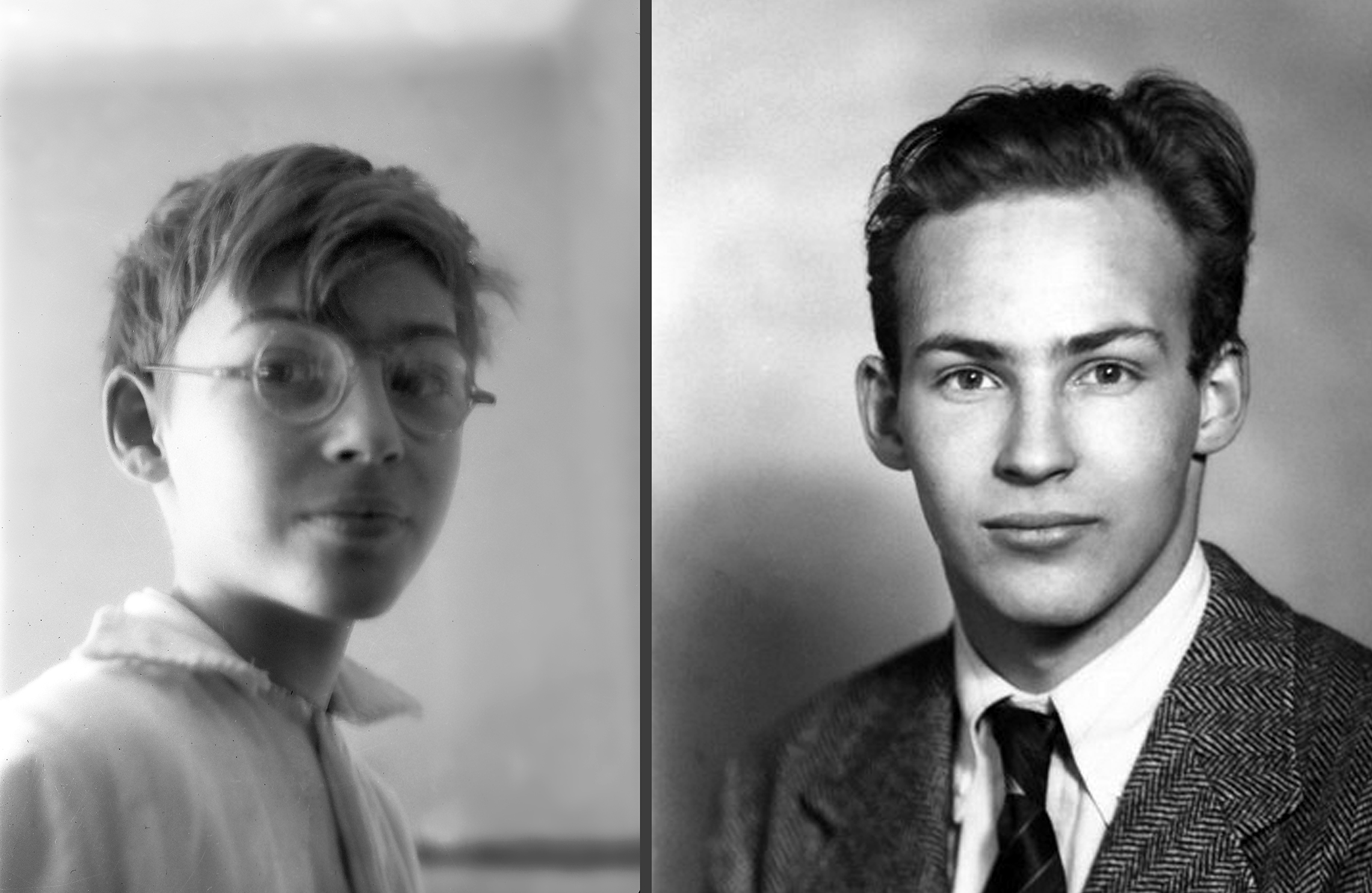
Marvin Lee Minsky was born in New York City. His father was an eye surgeon, and an interest in science and medicine was actively encouraged in the Minsky household. Minsky took advantage of his father’s library to read widely in the sciences. He was still a child when he read the works of Freud. He was also a precocious pianist. Music and psychology were to remain lifelong interests. Young Marvin was sent to the Ethical Culture Fieldston School, founded in 1878. In the words of its founder, Felix Adler, “The ideal of the school is not the adaptation of the individual to the existing social environment; it is to develop individuals who are competent to change their environment to greater conformity with moral ideals.” He earned admission to the Bronx High School of Science, a public high school with the greatest number of Nobel Prize winners of any secondary school in the world. He also studied at the Phillips Academy in Andover, Massachusetts before he was called up for military service in World War II.
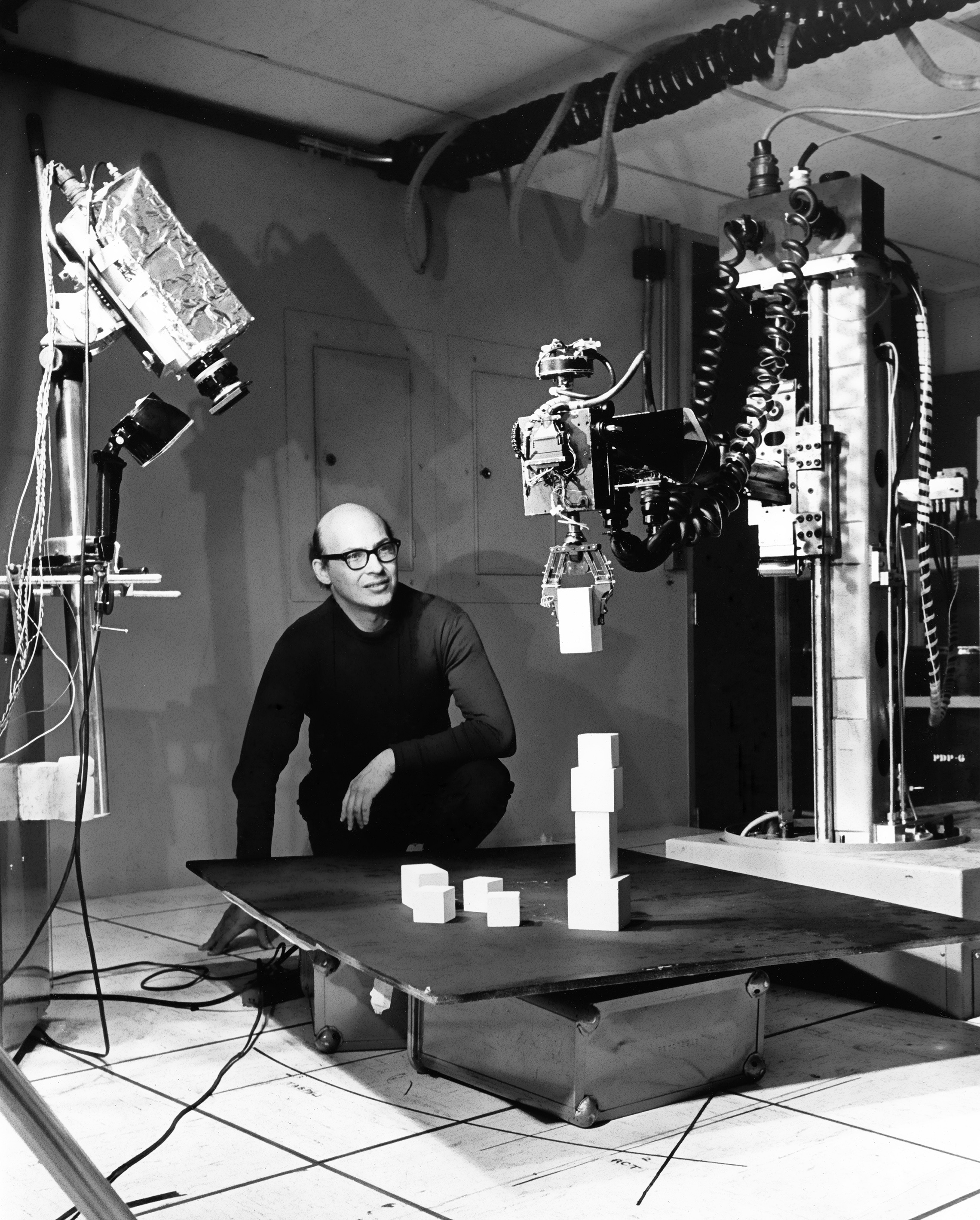
Minsky served in the United States Navy from 1944 until the war’s end. Although his scientific curiosity ranged widely, when he entered university, his top two interests were physics and mathematics. He earned an undergraduate degree in physics at Harvard before pursuing doctoral studies in mathematics at Princeton. At the time, there was great excitement among his peers over subjects such as particle physics and molecular genetics. An area that seemed to him equally fascinating, but that attracted less attention at the time, was the question of how the human mind works. Until the 1950s, the working of the brain had been the domain of psychologists and neurologists, but as the first computers appeared in industry and academe, Marvin Minsky undertook the application of mathematics to modeling the functions of the human mind.
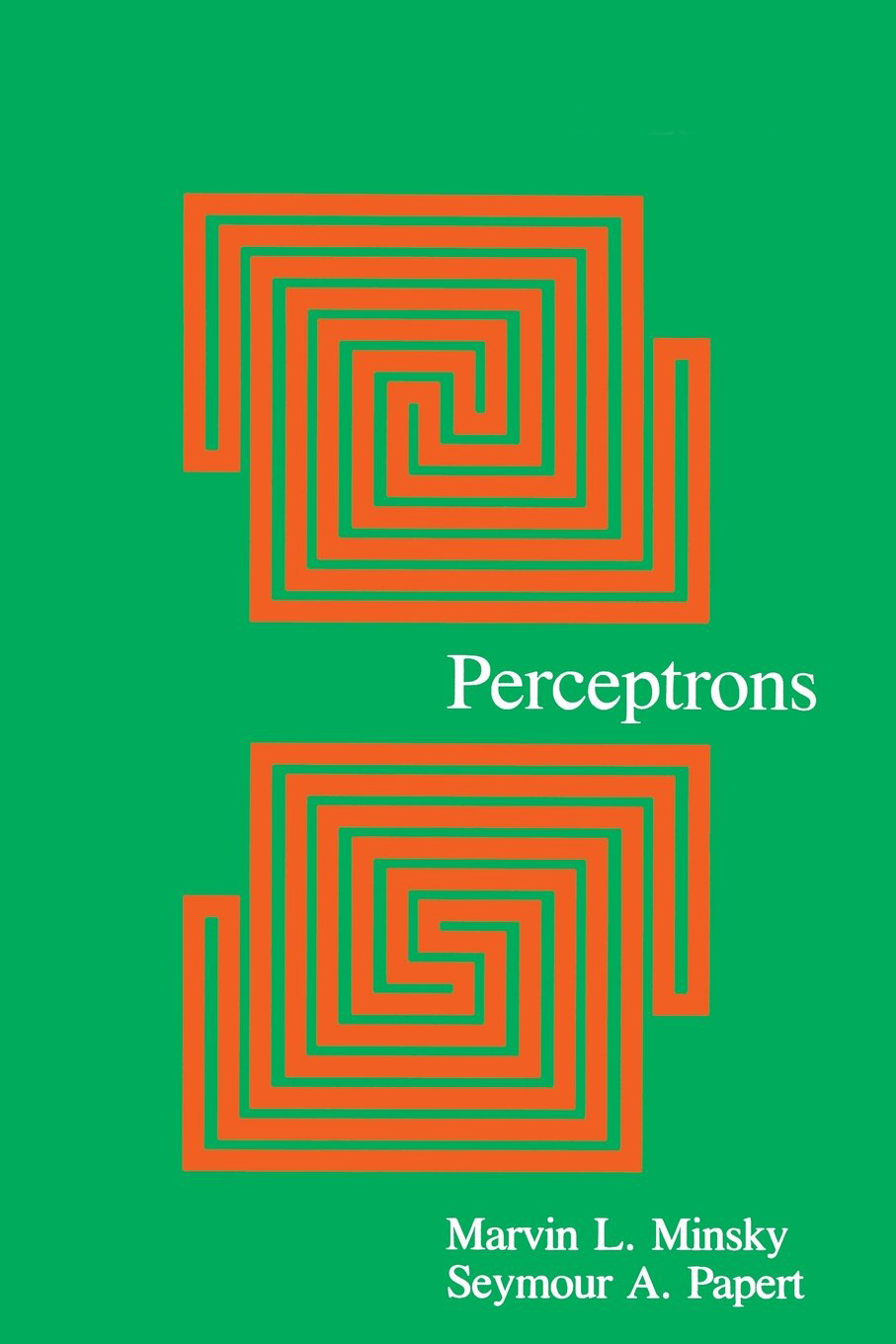
Minsky surmised that thought processes expressed as mathematical formulae could be performed by machines, as they are by humans. He was among the first to see that a computer could be more than a glorified adding machine, that machines could learn, reason, offer suggestions and perform any number of tasks that until then had been the sole jurisdiction of the human being. While studying at Princeton, Minsky married Dr. Gloria Rudisch, a pediatrician. Their union produced three children and lasted until his death over 60 years later. The Princeton years were productive for Minsky professionally as well. As a graduate student, he built the first randomly wired neural network learning machine, which he called SNARC. The device emulated the complex web of nerves in the human brain to learn from its own mistakes. He published his research in a 1952 article, “A Neural-Analogue Calculator Based upon a Probability Model of Reinforcement.” As a doctoral dissertation, he wrote “A Theory of Neural Analog Reinforcement Systems and Its Application to the Brain Model Problem.”
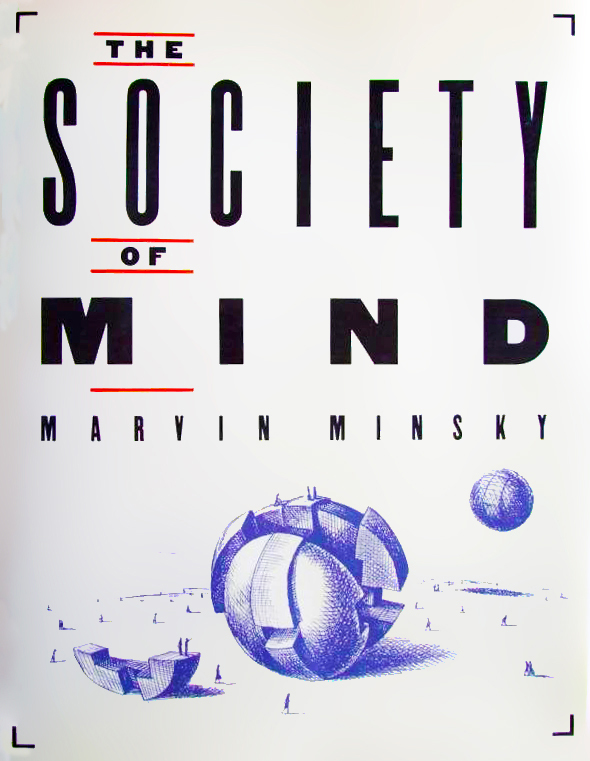
Minsky returned to Harvard in 1954 as a junior member of the prestigious Society of Fellows. As a Junior Fellow, he enjoyed the support to pursue any research subject he chose. Over the next four years, he continued his work, mathematically modeling processes of human thought, laying the groundwork for the field that became known as artificial intelligence (AI). Remarkably, considering the volume and importance of his work in artificial intelligence, he found time for other research projects and inventions. In 1956, he and a colleague applied for a patent for the confocal scanning microscope, a high-resolution instrument still in wide use in the biological sciences. He continued to publish his major research in articles such as “Heuristic Aspects of the Artificial Intelligence Problem” in 1956. The birth of artificial intelligence as a distinct field of study is sometimes dated to that year, when Minsky and a number of distinguished colleagues met for a formal conference on the topic at Dartmouth College. When his Harvard fellowship ended in 1958, Minsky accepted an appointment at Massachusetts Institute of Technology (MIT), where he would remain on faculty for the rest of his life. Many of his students at MIT, such as Ray Kurzweil, became leading theorists, inventors and entrepreneurs of the digital age. In his first year at MIT, Minsky founded the AI Lab, which quickly became a leading center for artificial Intelligence research. The lab popularized the idea of the digital sharing of information, giving rise to the open-source movement. The lab conducted much of the initial work on the ARPANET, which ultimately evolved into the Internet of today.

In 1961, Minsky published an article that has had an almost incalculable impact. “Steps Toward Artificial Intelligence” laid out the path that researchers have followed for over 50 years. Although at first the concepts of artificial intelligence remained the province of a small community of computer scientists, Minsky’s ideas, summarized in his 1967 book, Computation: Finite and Infinite Machines, gradually gained currency in the larger society. His peers recognized his achievement in 1969 with the Turing Award, named for computer pioneer Alan Turing, the highest honor conferred by computer scientists on one of their own. Dr. Minsky had become a legend in the AI community, his name referenced in popular books and films such as 2001: A Space Odyssey.
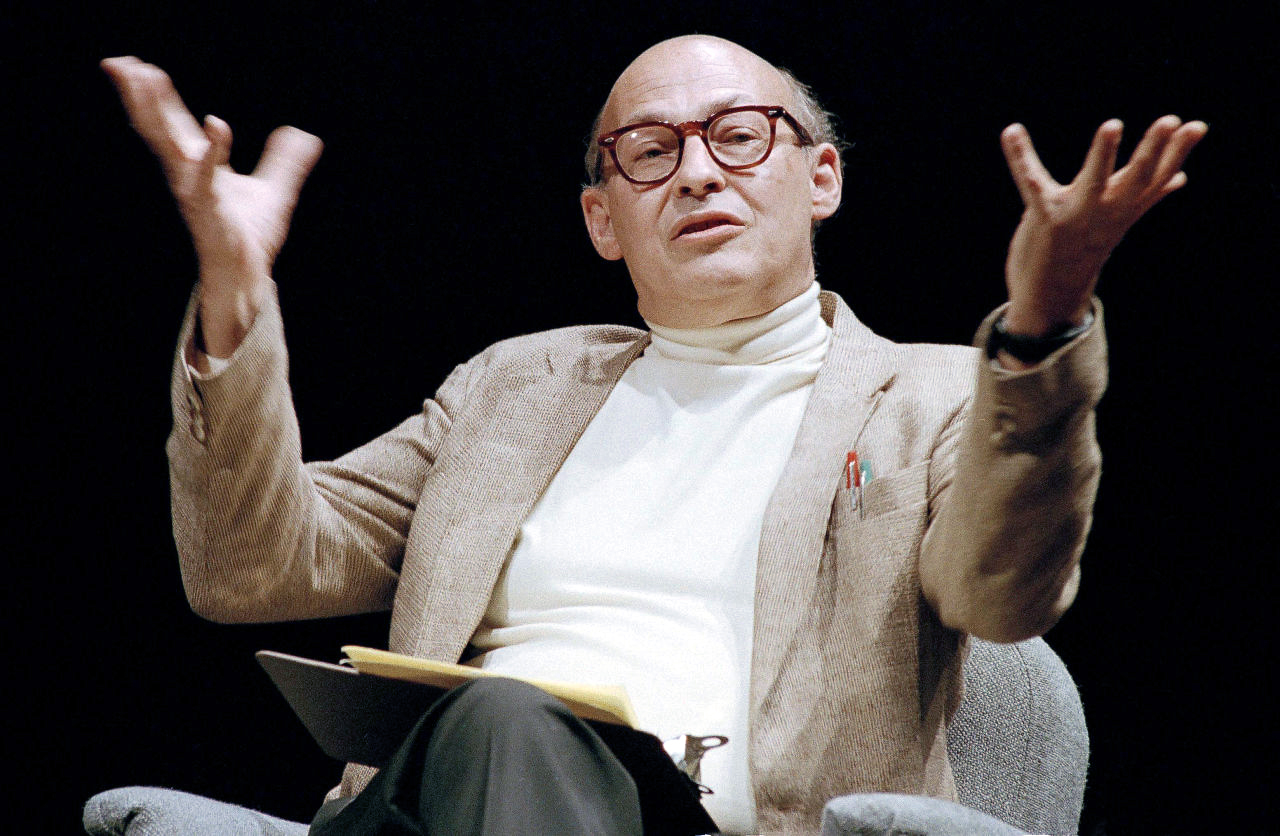
In a 1969 book, Perceptrons: An Introduction to Computational Geometry, Minsky and his colleague Seymour Papert reviewed the history of AI research. Among other observations, they predicted that the future of AI research lay in the development of symbolic systems, rather than further development of the neural network model. The book contributed to a long-running controversy in the AI community.
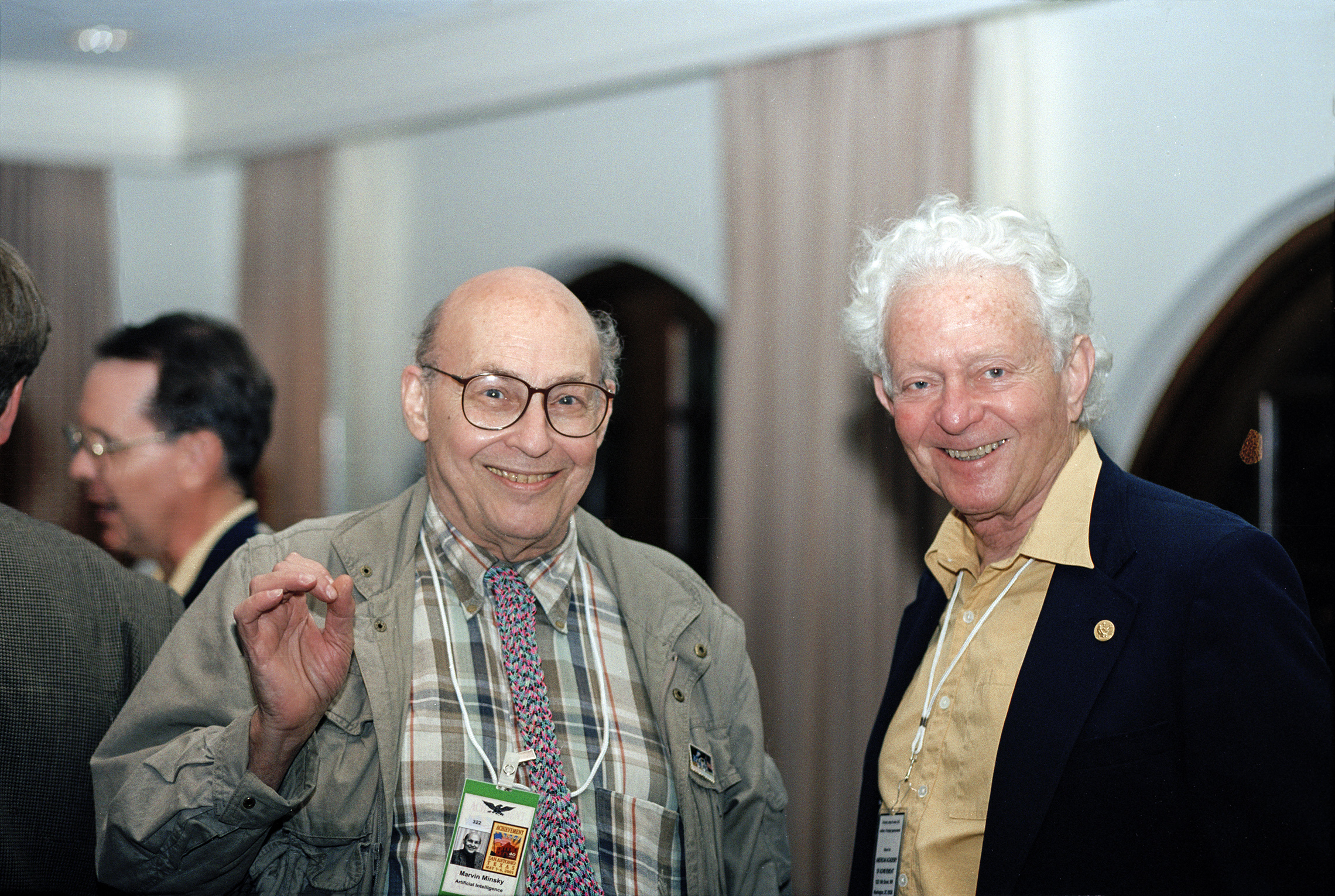
Artificial intelligence advanced rapidly in the 1960s, with generous support from the United States government, particularly the Department of Defense, but progress slowed in the mid-1970s and nearly ground to a halt altogether in the United States when Congress cut off funding in 1974. The following years are remembered as ”the AI Winter” by historians of the field.
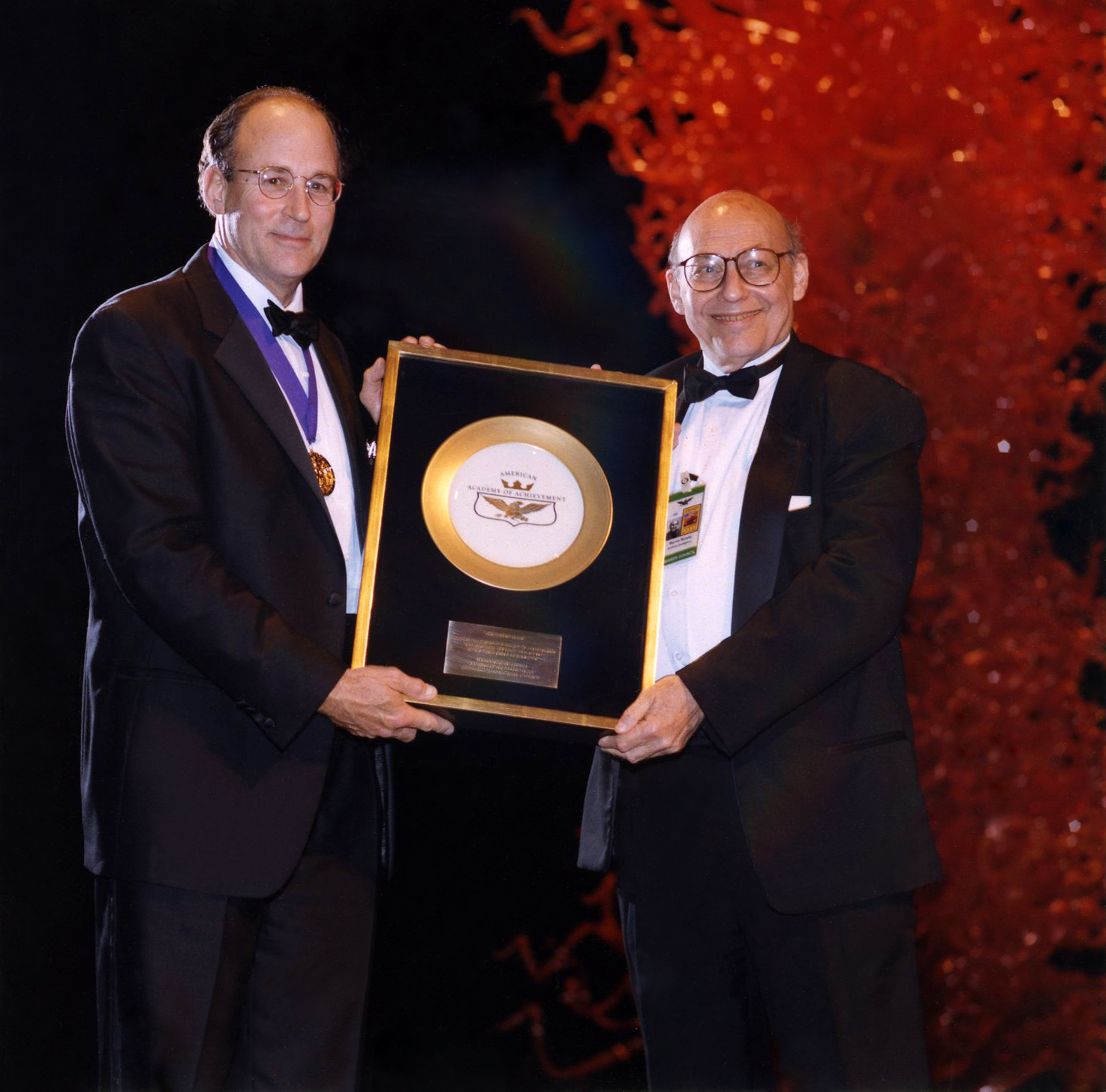
In the 1980s, Minsky applied himself to a problem that has perplexed psychologists, neurologists, philosophers and theologians: What is consciousness? How is it possible that an organism such as a human being — a mass of cells, made in turn of chains of amino acids — can be aware of itself and its surroundings, can think, observe, react and conceptualize. Minsky and his colleague Seymour Papert theorized that the phenomenon we call consciousness is actually the cumulative effect of a panoply of redundant neural processes. Minsky and Papert presented their ideas to the general reading public in the 1986 book The Society of Mind.
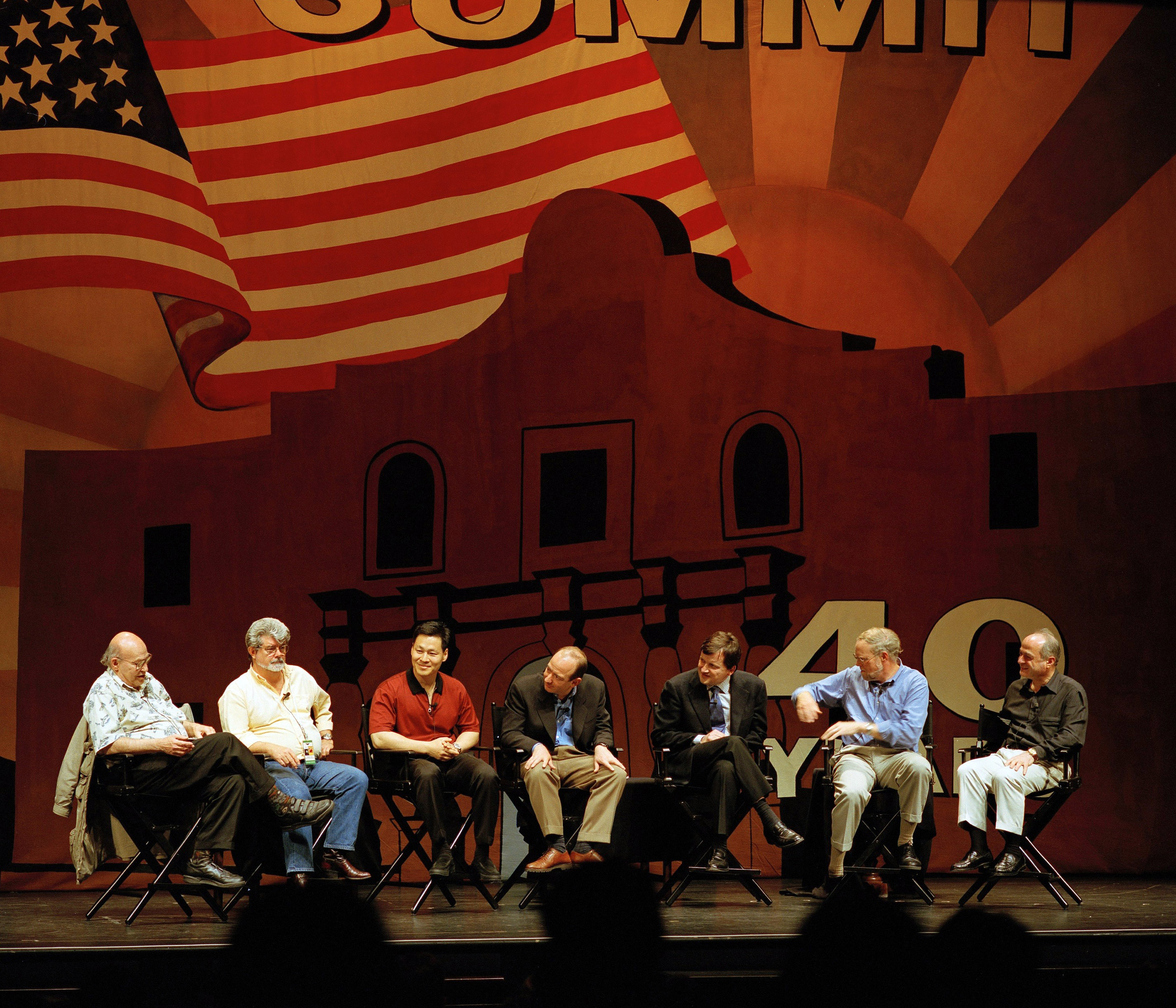
Advances in microprocessor technology and the resulting personal computer revolution spurred a revival of interest in Minsky’s ideas. The concept of artificial intelligence he pioneered has become a part of our daily lives, an advance we employ whenever we use personal computers or smartphones, conduct an Internet search, or use GPS, optical character recognition or voice-activated technology.
Meanwhile, Minsky revisited his consideration of neural nets and pursued the possibilities of parallel processing — the simultaneous handling of information by multiple agents, as it occurs in the brain and as it can occur in manmade systems.
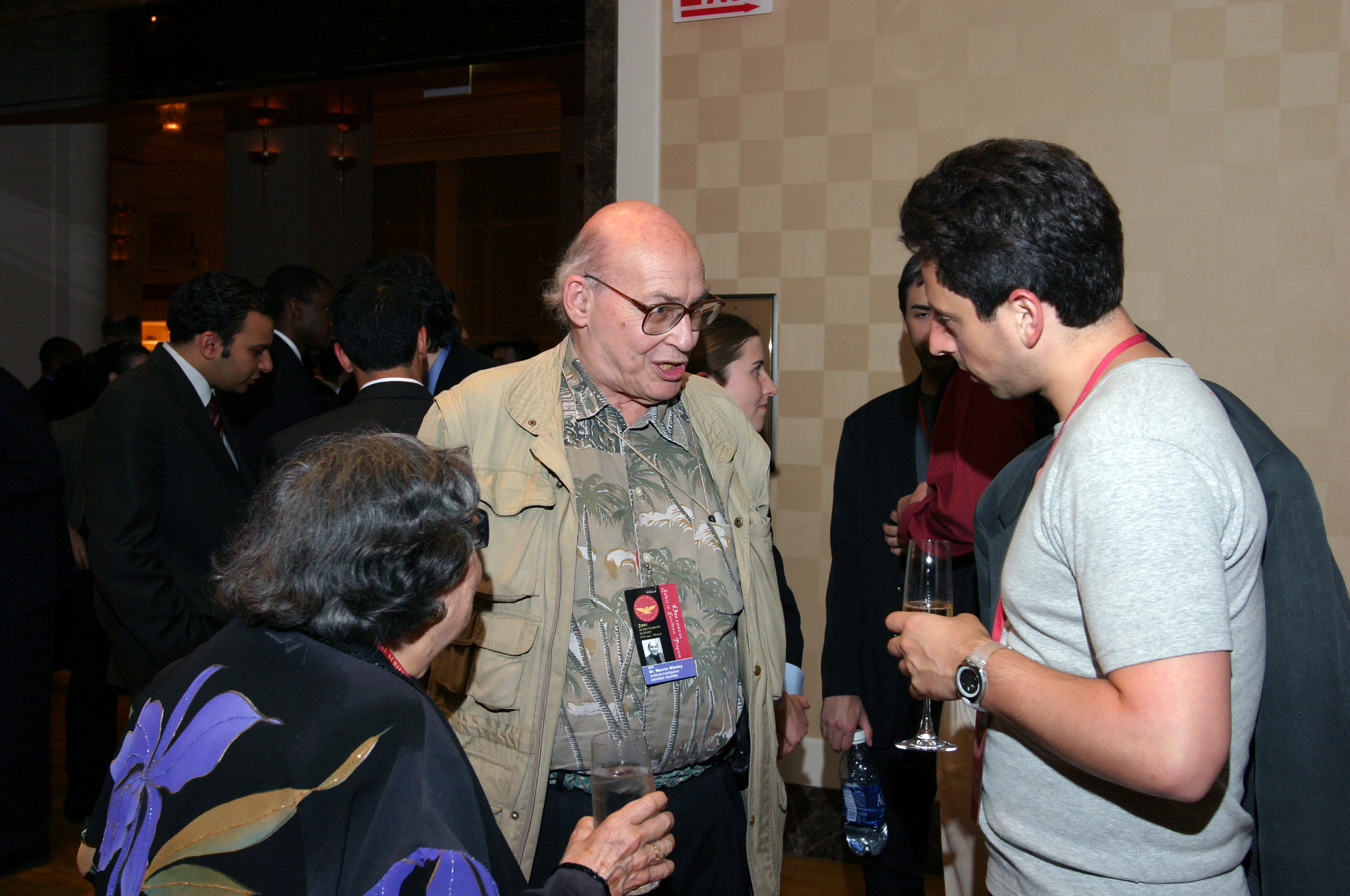
In the opening decade of the 21st century, Dr. Minsky focused his attention on the functions of the human mind that seem least susceptible to electronic simulation. In his 2006 book, The Emotion Machine: Commonsense Thinking, Artificial Intelligence, and the Future of the Human Mind, he argues that emotions are forms of thought, on a continuum with instinct and reason, not a separate form of experience.
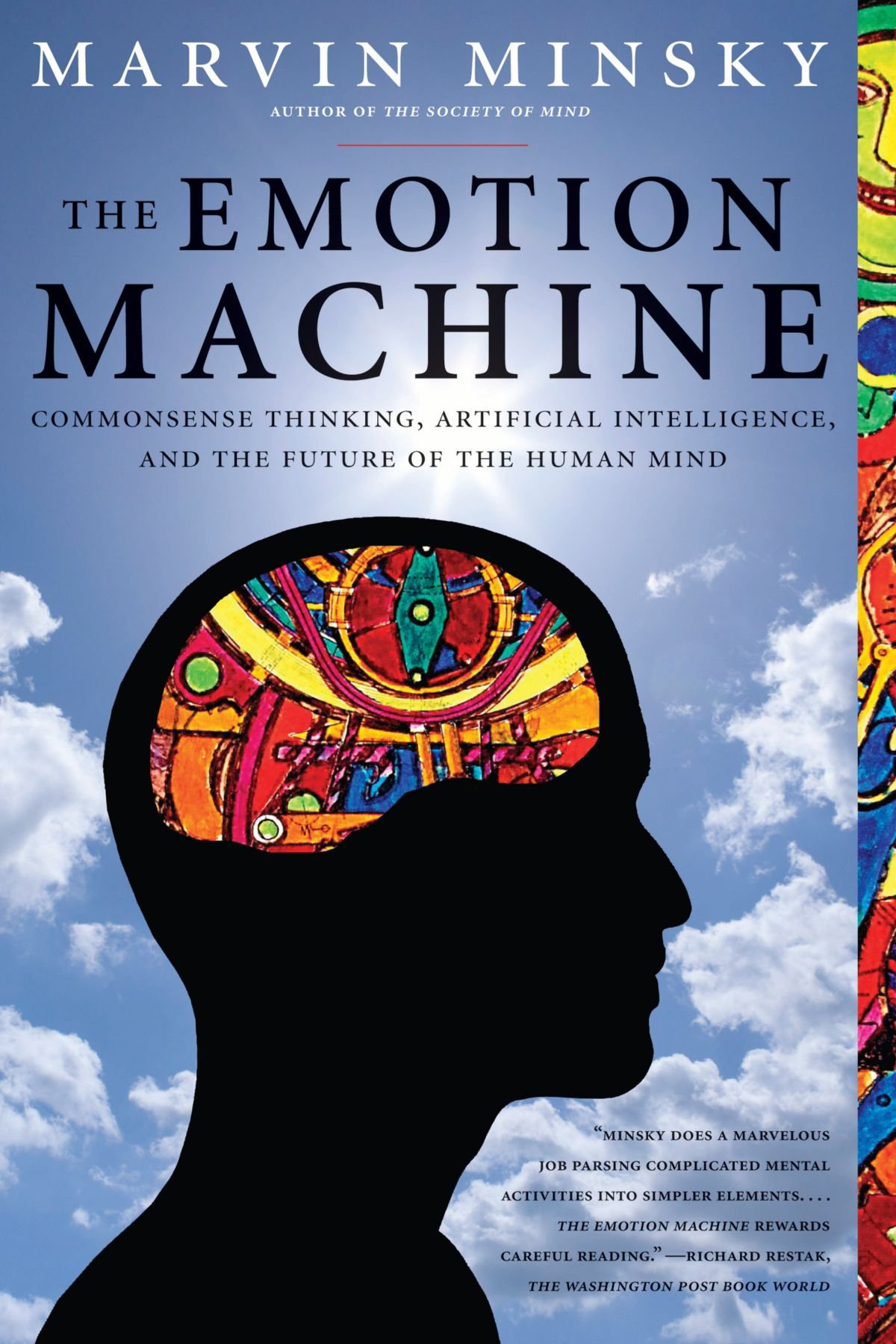
Music remained a source of joy throughout Dr. Minsky’s life. An accomplished pianist, he amused himself by improvising fugues in the baroque style of J.S. Bach. Marvin Minsky died in 2016 at age 88. He was survived by his physician wife, Dr. Gloria Rudisch, three children and four grandchildren. As intelligent devices proliferate in our homes, and driverless cars roll onto our highways, it appears that AI will play an ever greater role in our lives, thanks to the insights and ingenuity of Marvin Minsky.

The revolution in information technology has transformed daily life throughout the world. In developed countries, most people became aware of these changes with the widespread adoption of the personal computer in the 1980s, the Internet in the 1990s, and mobile devices and smartphones in the decades since, but all of these innovations — and more developments yet to come — are the fruit of work carried out by an earlier generation of mathematicians and computer scientists, led by Dr. Marvin Minsky of MIT.
Mathematician, inventor, visionary and philosopher, Marvin Minsky built the first neural network device as a graduate student at Princeton. His theoretical writings of the 1950s and early ‘60s became the basis for virtually all subsequent research in artificial intelligence (AI). Founder of the Artificial Intelligence Laboratory at MIT, he prepared a generation of young computer scientists to create the Internet and today’s digital universe of shared information.
In books such as Perceptrons, The Society of Mind and The Emotion Machine — written for the lay reader as well as the scientist — he not only explained the science behind AI, but explored its implications for the future and for our understanding of the nature of thought, feeling, consciousness, and what it means to be human.
You were a Junior Fellow at Harvard in the 1950s when you first wrote about artificial intelligence. There weren’t many computers around back then. How did you become involved in it?
Marvin Minsky: A Junior Fellow at Harvard is sort of king of the hill. He can go into any department in the university for three years and work on anything, and I worked on several different things in those three years. Then I started thinking about how would you make a computer think. I got a lot of theories about that. I started to write them down and bounce them around. And I guess I finished this set of little theories by 1961, and I published this big paper, and I never had any problems after that because that paper was — everyone in the world looked at that and said, “Oh, that is the right thing to work on. I’ll do this.” The paper had about 15 or 20 different things that had to be done, and I just lucked out. It became the standard, and the language I used for describing the different problems got to be what everybody — because, before that, it was a mess.
Nobody had written a systematic plan of what to do. But I didn’t have that plan myself.
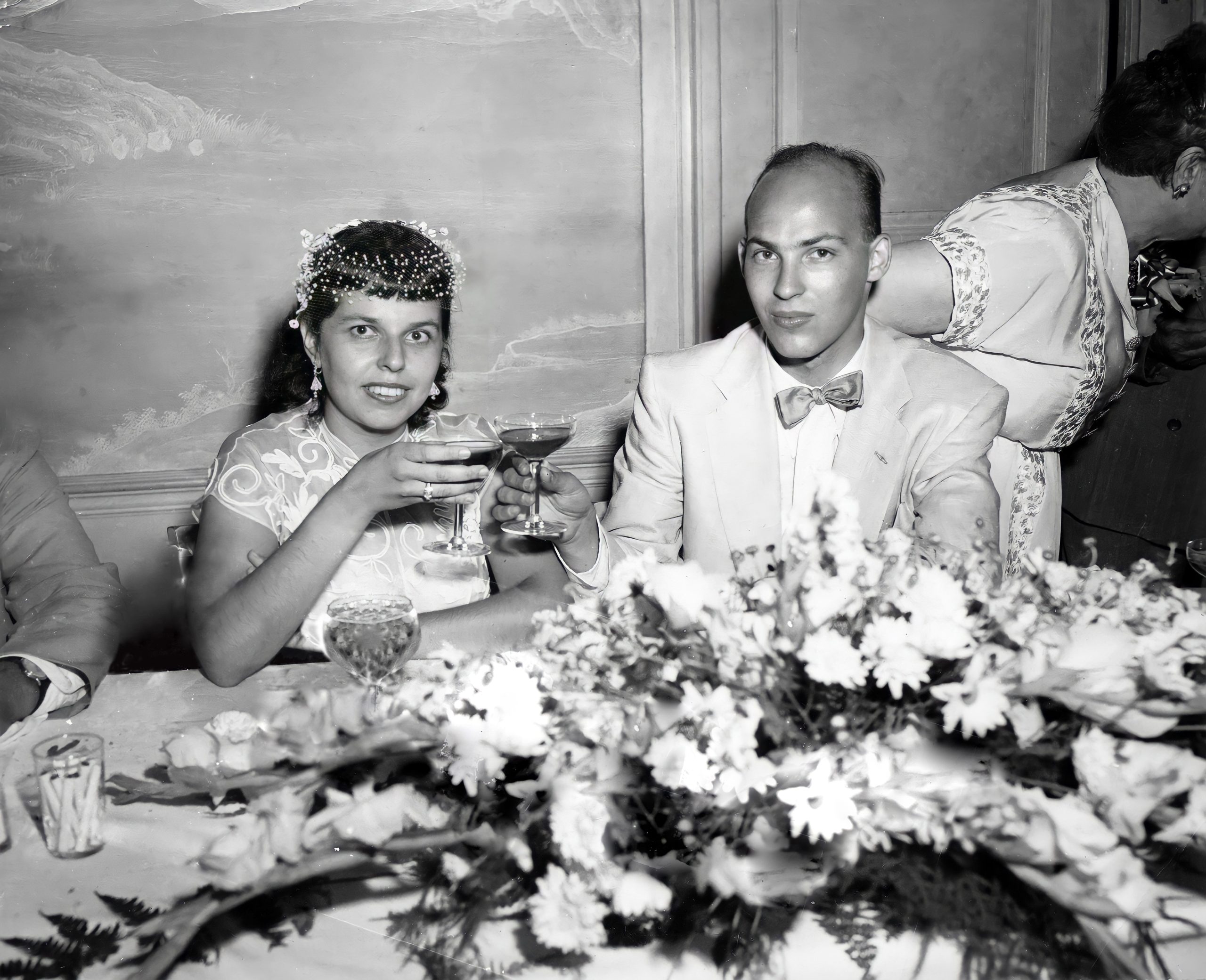
Having set the map of the future in this field, how did you begin to develop a community around you to do this, or a position that would allow you to advance these questions?
Marvin Minsky: I always felt that I lived in a golden age and anything I did, people would say, “Yes, let’s do that.” And partly it was that starting in college and graduate school I really focused on mathematics. I became a good mathematician. And so when I started to suggest that people work on artificial intelligence, and these — I invented neural networks and things, and different ideas in psychology. And I noticed people would tell each other, “Well, that might sound nutty, but he’s a good mathematician, and he’s proved these pretty good theorems here and there.” And so if you go into a new field, it’s very nice if you — I mean, it’s sort of fake, because generally when a mathematician goes into psychology, they screw up.
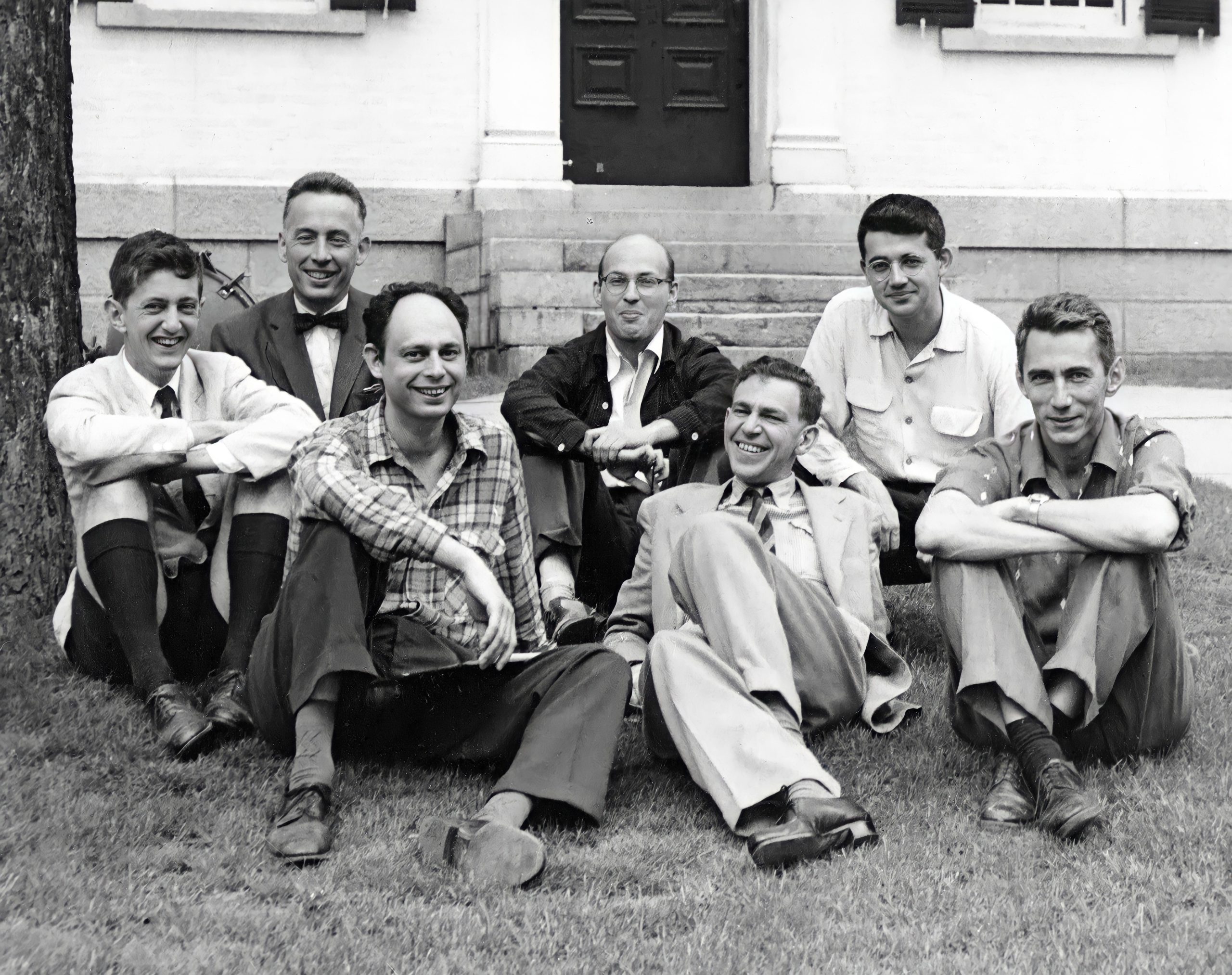
Marvin Minsky: Around 1963, some friends of mine went to the government to organize the future of information processing. There were some very visionary people. You know, the first really useful computers only started to appear around 1960. There were a lot of computers the ten years before that, but they were very expensive. And so one of my professor friends, who had been a teacher of mine at college, went to Washington and he organized this Advanced Research Projects Agency idea, which led to the Internet and parallel computing and all sorts of things, starting as early as 1963, and he decided he would give me a million dollars a year. The government was very loose then, and so a smart person in the Defense Department could just start a project, Cold War and everything. And suddenly this million dollars a year started arriving, and that was a lot of money, and there weren’t that many people in the world to hire. So, again, I was living in a golden age. If some young fellow who had come with what looked like a pretty good idea, I’d get him. It took a while to work up to spending a million a year. And if there were — you know, most managers have to say, “Well, we’ve got to make a choice, we can do this or that.” I never had to make a choice. I’d do both. And it wasn’t until the middle 1970s that things got more constrained and you couldn’t do any old thing that you wanted or both.
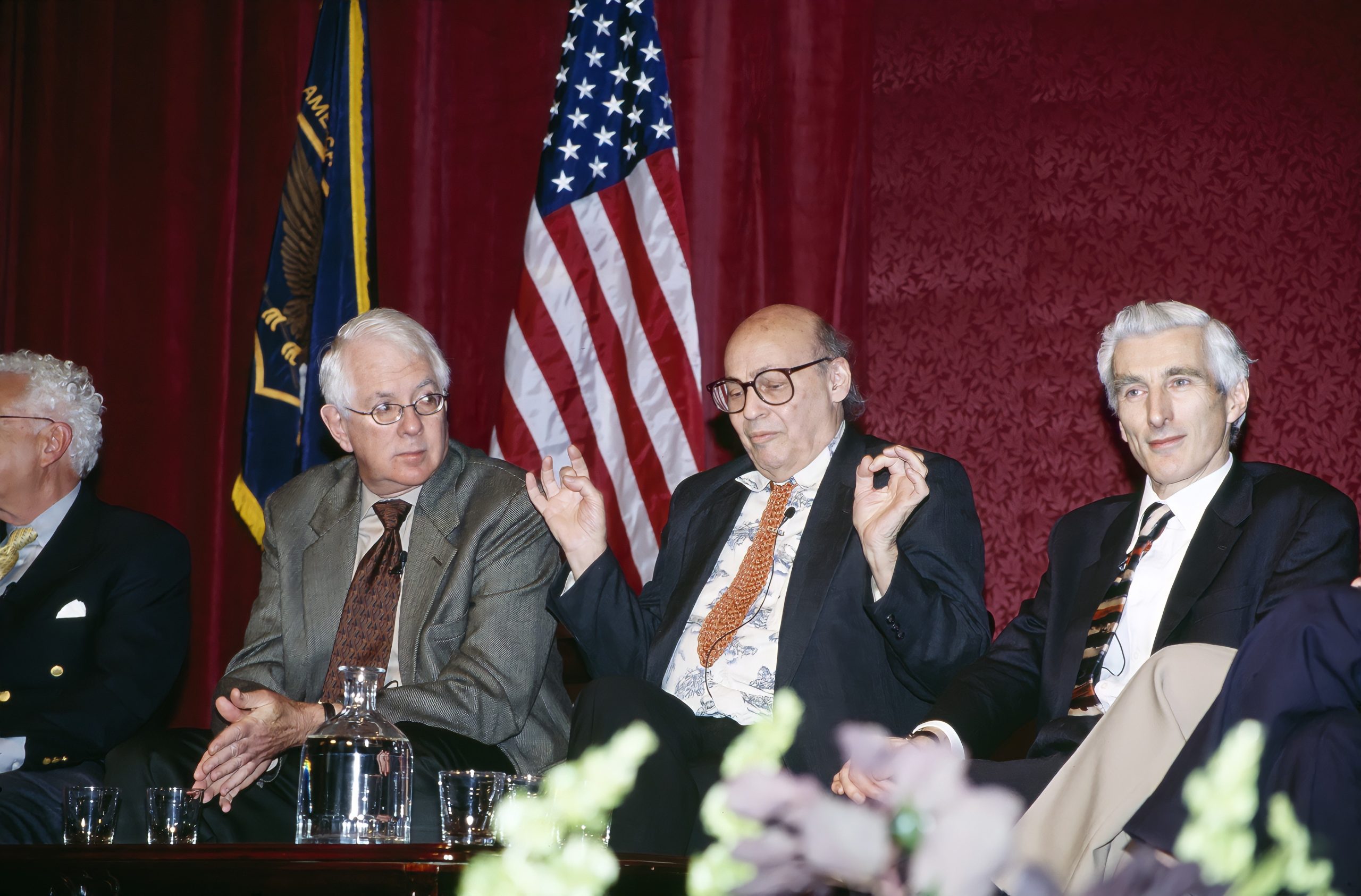
Marvin Minsky: Another thing I should say is that I never liked making management decisions, and when we started the artificial intelligence project around 1958, I started it with my old friend from graduate school, John McCarthy, and we just co-directed it. There wasn’t any director. The two of us would run this project. Somebody would come in and say, “What should we do or could we do this?” And if I was there that day, I’d say yes or no. And if John was there that day, he would make a decision. We didn’t always decide the same thing, but we each could simulate how the other one would think. And then five years later, John went to — went west to California, to Stanford, started another laboratory, and luckily another marvelous person, Seymour Papert, appeared that year, and then for another ten years we co-directed the thing. So I think people are crazy who try to run a laboratory, and as far as I know, every other laboratory has a director, and that person usually becomes scientifically unproductive, runs out of ideas, and after a few years, the director of a great laboratory is a big liability because he’s lost touch. So — but I never managed anything myself. I had another person who thought almost the same way or — and if I had trouble making a decision, I wouldn’t worry about it much.
You know, different people are good at different things, and their judgment was probably better than mine, and, well, we learned to know what each were good at. So I don’t understand modern politics or industry or something. I think these guys who try to run companies are just plain nuts, and they’re not very good at it.
In the great fields of computer-related things, there wasn’t very much management science all those years. But, still, these big companies would get stuck and they just lost flexibility. The top people who had been pioneers five or ten years before just went to sea. You’d see Xerox, which had developed a wonderful computer that later became the Apple, its managers didn’t understand that, and they said, “Oh, well, IBM’s doing it, well, let’s make PCs.” And Xerox vanished from the — they couldn’t even make a laser printer even though they had invented the Xerox machine. They couldn’t get themselves together to realize it was important. And I think the answer is co-directing. But I’ve never met anyone who agrees with me about that.
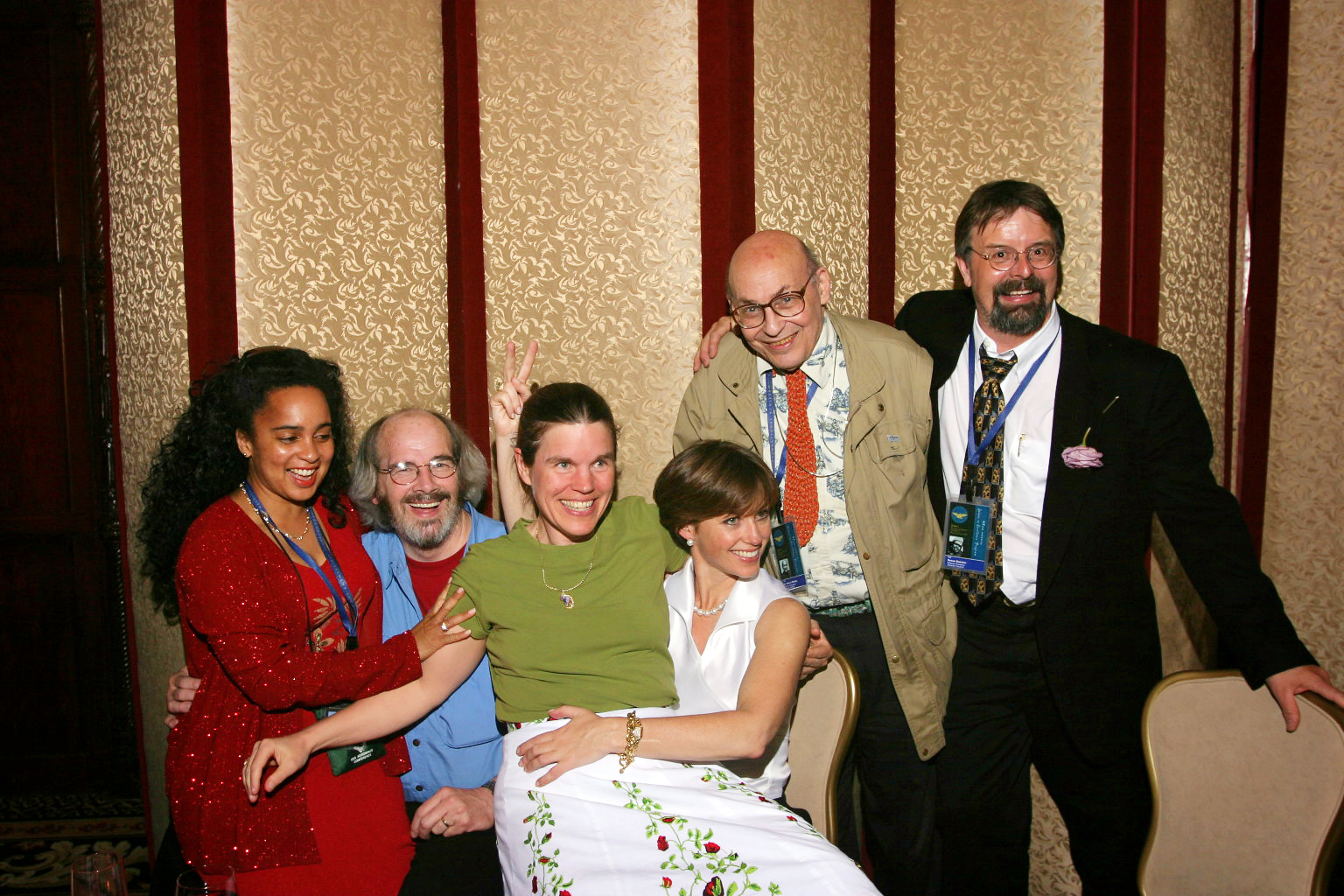
A scientist who is going to have an influence will do it in two ways, at least. One will be through the process of scientific communication. The other will be through conversing with society about the ideas. You’ve managed both. When did you conceive of writing The Society of Mind as a book?
Marvin Minsky: Actually, Papert and I tried to write that theory for many years, so it must have started in 1962 or ‘3. By 1975, some of the ideas had developed, but we were having trouble organizing it. And he sort of turned into the field of concepts of education and how humans learn and so forth and wrote another book, and I drifted off, and I worked on The Society of Mind book for about ten years. But in the meantime, every two or three years I’d get some new theory and publish that separately, and eventually it became chapters in this big book.
What was the the essential message that The Society of Mind delivered or the idea that it presented?
Marvin Minsky: The idea is that the mind is a highly evolved, very complicated mechanism with — and it very rarely has just one way of doing things. And that’s where it seemed to me psychological science got stuck. People would say, “Well, does learning work this way or that way? Or is memory organized this way or that way?” And it seemed to me that clearly people, if they used any particular way, no matter how good, it would get stuck on some kinds of problems, and you’d have to switch.
So what we were doing in making the “Society of Mind” theory is saying there’s got to be a command and control hierarchy — or not hierarchy, there’s got to be a lot of different ways this thing could work, and different parts of it have to know when they’re doing badly or they have to have critics. And, actually, I’m finishing a new book about how the mind works, and this book is called The Emotion Machine, and I think it’s going to explain to everyone just what emotions are. And it turns out they’re very simple and very complex. An emotional state is just a particular way of thinking. If you’re angry, you think in a certain way. It’s not that there’s thinking and emotions which flavor it. It’s that there are different kinds of thinking.
So if a person’s angry, it means that there’s some problems bothering him, a situation that he’s got to do something about, or she, and you have to do something pretty quickly. You’re going to turn off all your wonderful resources for figuring out what’s best in the far future. Maybe you’ll turn off most of your mechanisms for doing comfortable, smooth, graceful social relationships. And if this guy’s annoying you enough, maybe you’ll just hit him or insult him or do something that people would say is very emotional.
But from the point of view of the parts of your mind that are still working to solve this problem, these are just the right things to do if you’re in a hurry. So most emotional behavior has evolved. These different subsets of how the mind — your mind will work — have evolved to be quite good at handling particular situations. And so people say, “Well, what is emotion? It’s so mysterious.” The answer is, “No, it’s so trivial.” We just give these emotional names to the different ways people have of thinking.
And the same for consciousness.
Marvin Minsky: People say, “What’s the mystery? What’s consciousness?” And the answer is there isn’t any such thing. We’re not very conscious to begin with. You don’t know how your mind works. You don’t know about the 400 different brain centers. But some parts of your brain, like a computer, are pretty good at remembering a little bit about what the others did in the last two or three minutes. That’s very useful because if you’re solving a problem and get stuck, then this part of it then can say, “Well, I see what went wrong. You tried this and it didn’t work, and you kept trying it. That was stupid.”
So it seems to me consciousness is the set of about 20 different things you do when you get into trouble. They all depend on keeping some records of others, what you did, so that you can recognize — or so that this part of your brain can recognize that this was a bad pattern and it wasn’t right to react that way. So you take this big bunch of ideas and say, “How do I make a big machine with hundreds of parts that’s so resourceful that whatever happens” — I mean, a person never gets stuck like a computer, which jams. If it’s really frustrating, the person will just change the subject and say, “Well, I’m going to have lunch or take a nap.”
I don’t see anything mysterious about it. But if you try to take these hundreds of wonderfully highly evolved things and say there’s a thing called consciousness that does that, then, of course, it’s a total mystery. But that’s because you’re asking a question. Here’s all this complicated stuff we do. How could a little round shiny ball with no interior do all that? The answer is, “Duh.” People who talk about consciousness are, to me, people who say, “Duh.”
So consciousness is not a useful word. Is intuition a useful word?
Marvin Minsky: People don’t have the slightest idea about how they do reasoning, and intuition is a polite word for guessing. And some people think that there’s some special kind of intuition which gives you the right answer in a magical way. And you just follow one of those people around, and you’ll see — a friend of mine followed a squirrel around for a whole day, which is very hard, and — because he was interested, how does the squirrel do these wonderful things of leaping from branch to branch? Well, it turns out they fall off a lot.
He watched this graceful squirrel and how it missed a branch and it just barely managed to catch a lower one, and it didn’t bother him much because it’s very light, and then later in the afternoon it fell all the way off and dropped 30 feet. It didn’t bother it much. And so when — if you’re looking for a miracle, you’ll never get anywhere. But if you’re looking for intuition, which is a name for hundreds of ways of guessing, and you’re realistic and say there isn’t any real intuition, then you’ll find the 50 pretty good ones.
